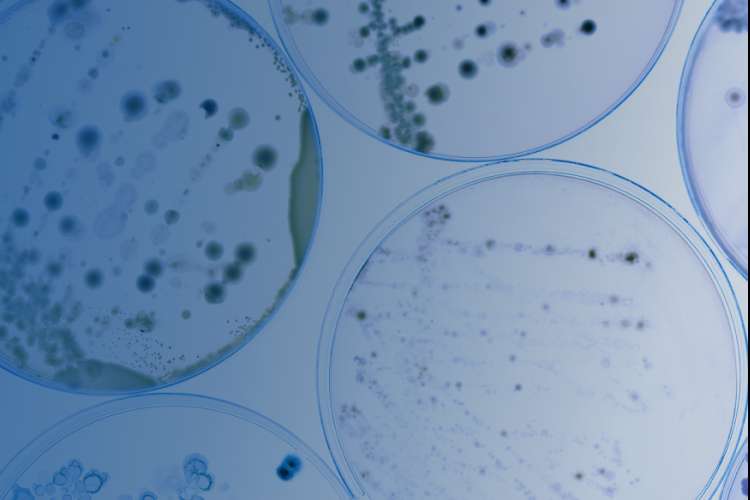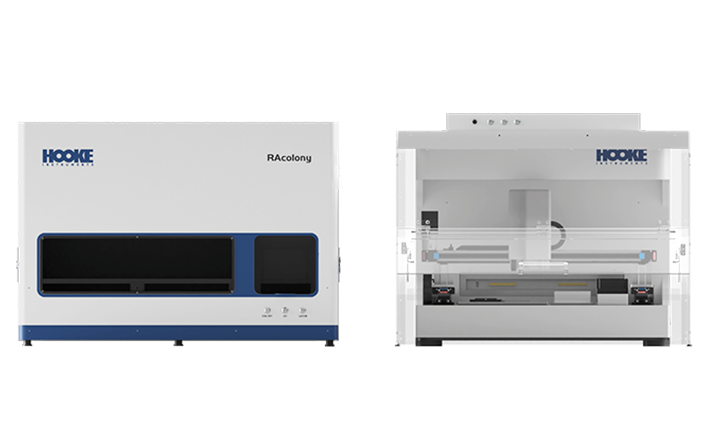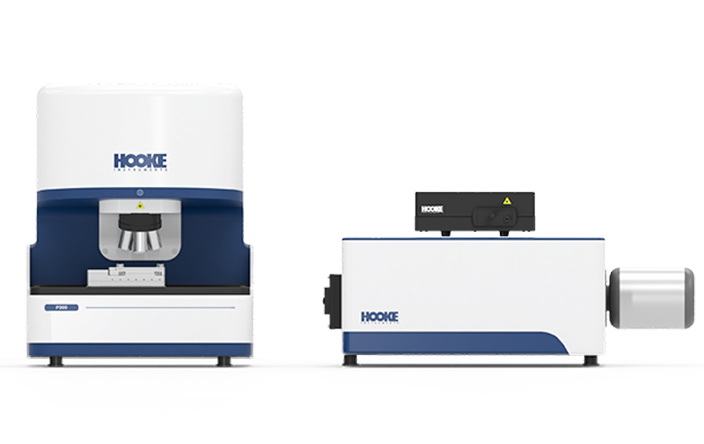Fermentation technology, serving as a pivotal process in sectors such as food processing, brewing, and pharmaceutical production, demands precise control and real-time monitoring for optimal outcomes. The examination of fermentation broth, by tracking key parameters including microbial population dynamics and variations in metabolite concentrations in real time, facilitates the prompt identification of fermentation anomalies, thereby ensuring the consistent quality of the final product.
The utilization of the P300 Confocal Raman Spectrometer enables the efficient and accurate detection of Oceanobacillus species in Daqu fermentation systems, spoilage microorganisms in beer brewing, as well as various strains of lactic acid bacteria. Notably, the integration of this technology with single-cell sorting systems has successfully achieved the targeted screening of high-activity yeast strains, fully demonstrating its innovative value and application potential in modern fermentation monitoring.
-
Culture-free Rapid Detection

-
Microbial Viability Detection


Exploration
-
Lactic Acid Bacteria Species DetectionLactic Acid Bacteria Species Detection
Raman spectroscopy technology has revolutionizes the rapid identification method of fermented lactic acid bacteria species.
Learn More
-
High-Activity Yeast ScreeningHigh-Activity Yeast Screening
FLIM-LIFT enables screening and culture of young and active industrial yeast.
Learn More
Classification and Identification of Fermentation-Related Microorganisms

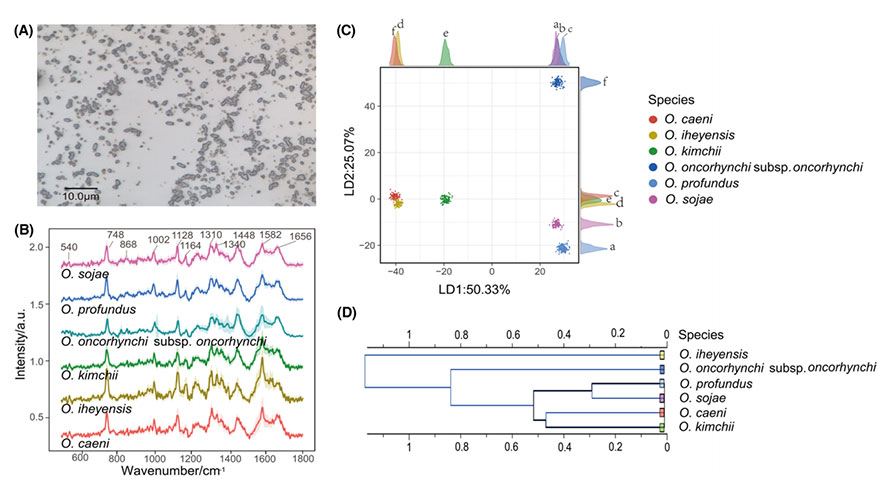
The P300 Confocal Raman Spectrometer is employed to efficiently capture Raman spectral data from diverse fermentation microorganisms at the single-cell level. The integration of advanced deep learning algorithms, including neural networks, results in the establishment of a robust classification and identification model for Fermentation-Related Microorganisms. This model is then applied to accurately predict the microbial species in fermentation broth samples, significantly reducing the detection time and enhancing efficiency.
Microbial Viability Detection

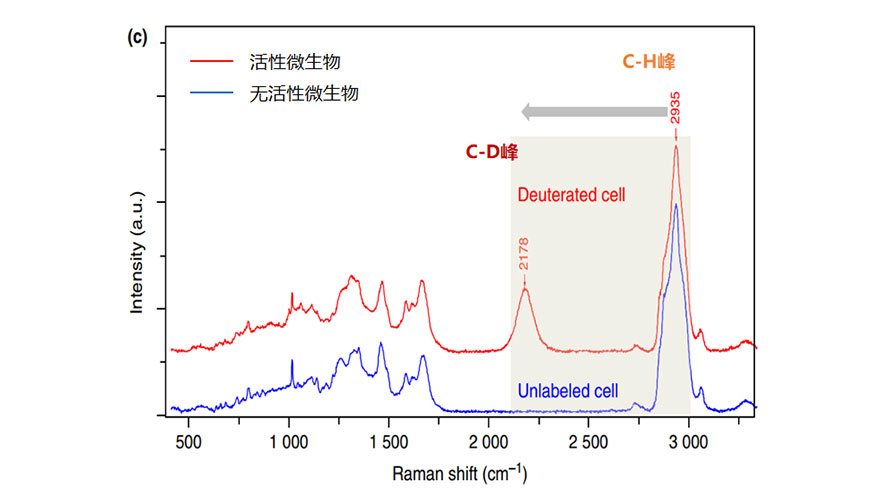
D₂O-Raman spectroscopy enables the detection of the distribution of individual microbial viability within community samples. Unlike SYTO 9/PI staining, which merely offers the proportion of live and dead cells, this method additionally provides a metabolic activity distribution of microorganisms. By analyzing at the single-cell level, it assesses the metabolic activity of the microbial community with enhanced precision and granularity.
-

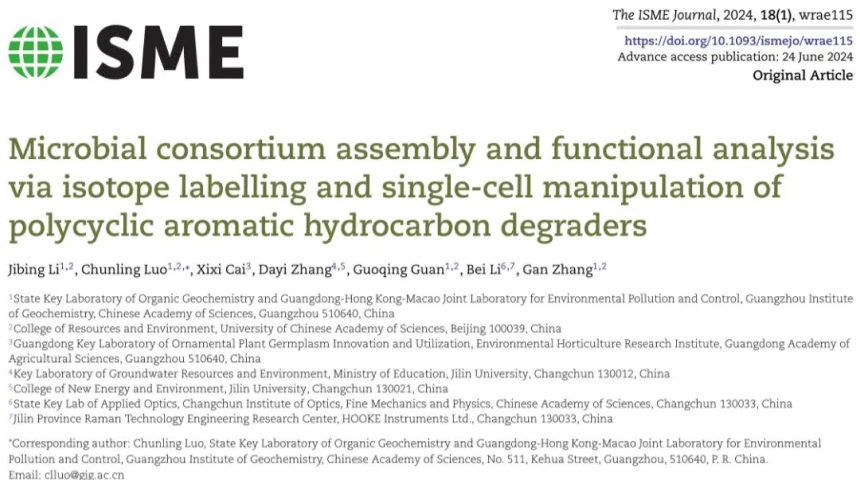 The ISME Journal丨Microbial consortium assembly and functional analysis via isotope labelling and single-cell manipulation of polycyclic aromatic hydrocarbon degraders2024.11.06
The ISME Journal丨Microbial consortium assembly and functional analysis via isotope labelling and single-cell manipulation of polycyclic aromatic hydrocarbon degraders2024.11.06 -

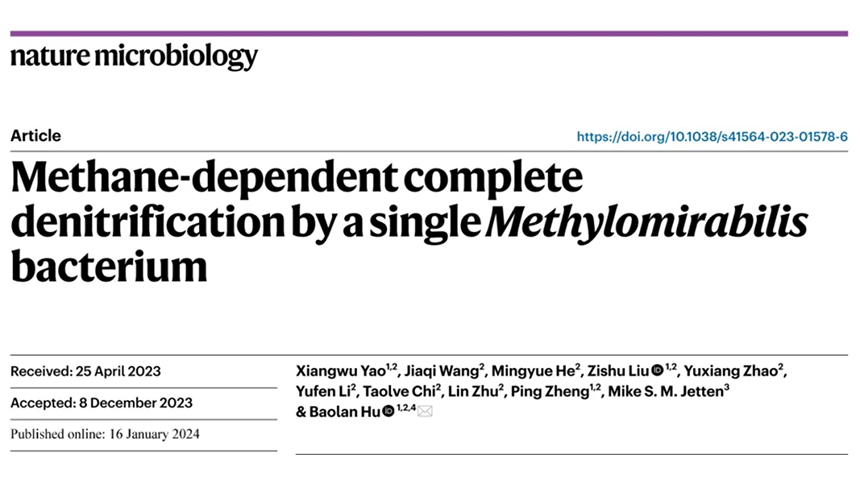 Nature Microbiology丨Methane-dependent complete denitrification by a single Methylomirabilis bacterium2024.03.08
Nature Microbiology丨Methane-dependent complete denitrification by a single Methylomirabilis bacterium2024.03.08 -

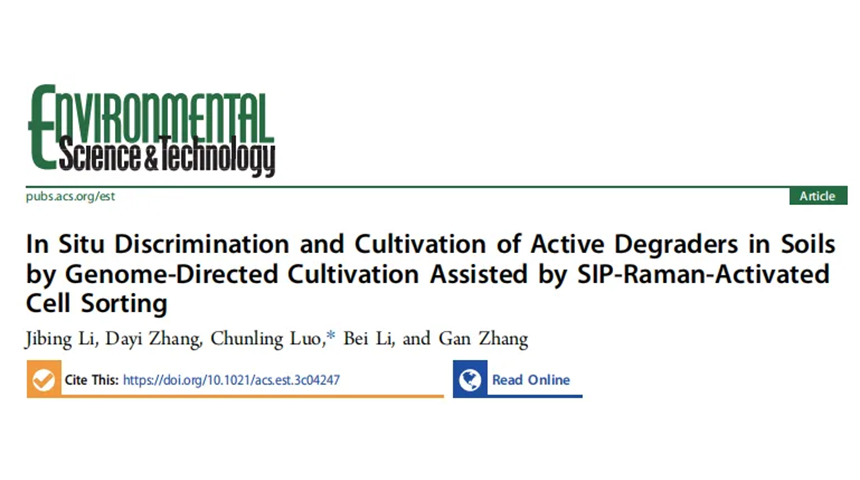 Environmental Science & Technology丨In Situ Discrimination and Cultivation of Active Degraders in Soils by Genome-Directed Cultivation Assisted by SIP-Raman-Activated Cell Sorting2023.12.27
Environmental Science & Technology丨In Situ Discrimination and Cultivation of Active Degraders in Soils by Genome-Directed Cultivation Assisted by SIP-Raman-Activated Cell Sorting2023.12.27 -

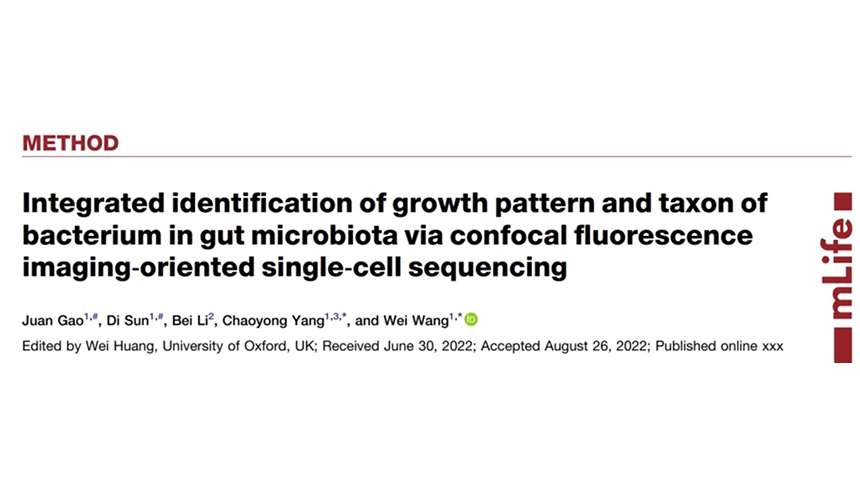 mLife丨Integrated identification of growth pattern and taxon of bacterium in gut microbiota via confocal fluorescence imaging‐oriented single‐cell sequencing2023.05.17
mLife丨Integrated identification of growth pattern and taxon of bacterium in gut microbiota via confocal fluorescence imaging‐oriented single‐cell sequencing2023.05.17 -

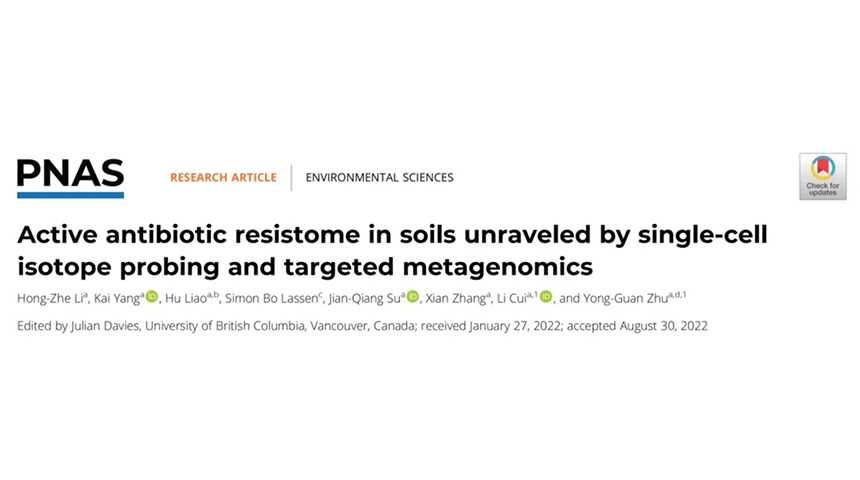 PNAS丨Active antibiotic resistome in soils unraveled by single-cell isotope probing and targeted metagenomics2022.09.28
PNAS丨Active antibiotic resistome in soils unraveled by single-cell isotope probing and targeted metagenomics2022.09.28





